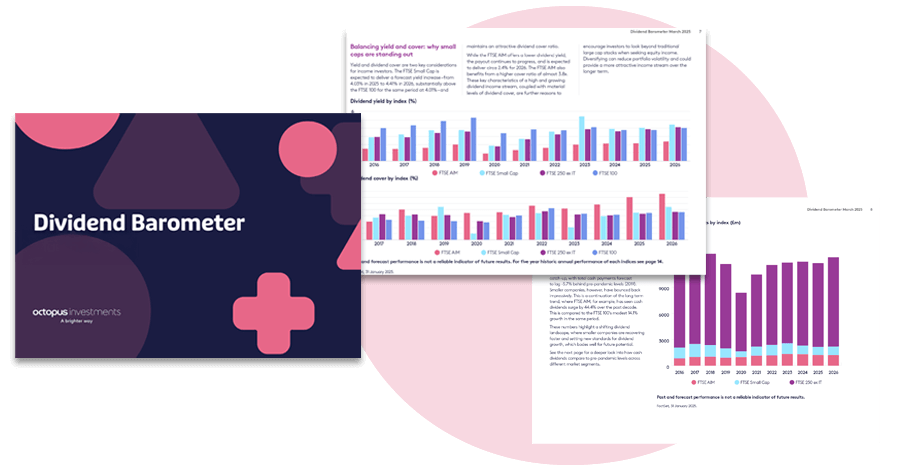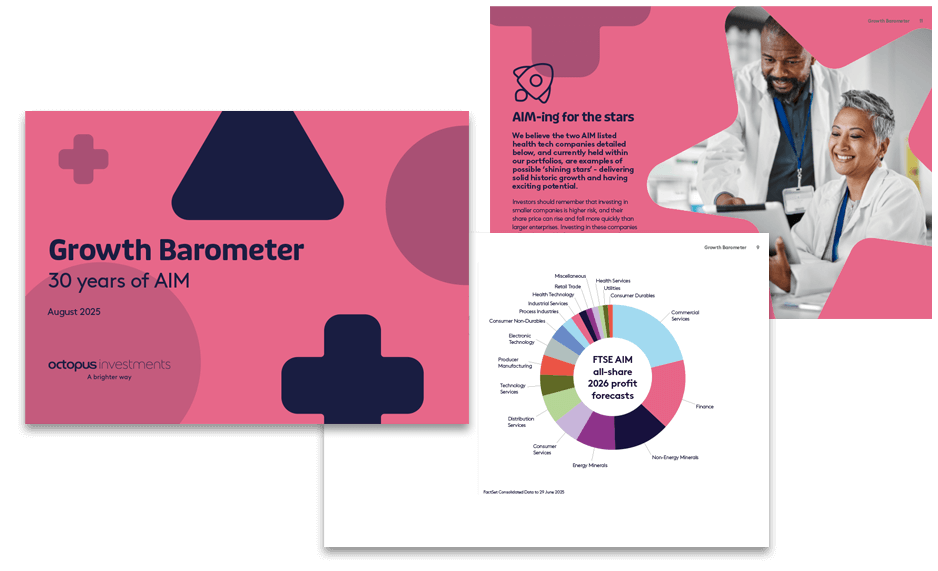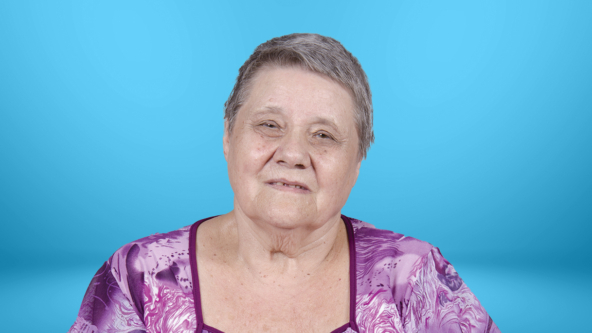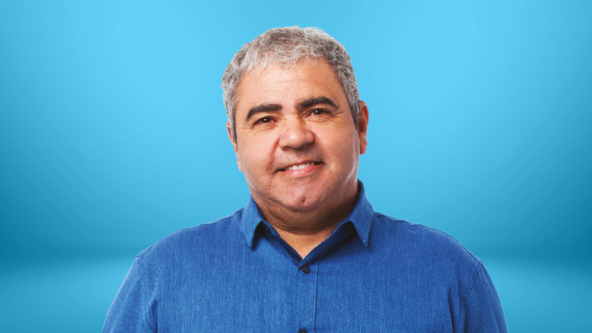Estate planning for clients who want to settle assets into trust
What to do for clients who want to settle assets into trust?
A lifetime transfer of assets into a discretionary trust is a ‘chargeable lifetime transfer’. It can immediately trigger a charge of 20% on the amount settled in excess of the client’s nil-rate band, which could deter many clients.
Business Relief (BR) offers a way for those clients to reduce or eliminate this charge, if they settle qualifying shares into trust.
About this planning scenario
We created this tax planning scenario to help advisers develop suitable planning strategies for clients. It does not provide advice on investments, taxation, legal matters, or anything else.
Tax-efficient investments aren’t suitable for everyone. Any recommendation should be based on a holistic review of a client’s financial situation, objectives and needs.
Advisers should also consider the impact of
charges related to the product, such as initial fee, ongoing fees, and annual management charges.
Meet Louise

Meet Louise, who wants to settle assets into trust
Louise wants to plan for inheritance tax (IHT) so that she can provide for her children and grandchildren after she dies.
One of her biggest concerns is that the marriage of one of her children could end in divorce. Louise hates the idea of her assets being lost through divorce proceedings and wants to make sure that her grandchildren will benefit from her wealth when she dies.
Louise talks through her options with her financial
adviser. She is interested in settling assets into trust.
A trust could help her plan for her estate, while giving
her some control over what happens to her assets over
the long term.
She would like to settle £600,000 of her
existing share portfolio into trust. These assets would
then be considered outside of her estate for inheritance
tax purposes after seven years.
Her adviser explains that, as she has not previously
made any gifts or set up any trusts, she can settle the
first £325,000 into trust with no charge to inheritance
tax. Anything settled into trust over the nil-rate band
would immediately incur a chargeable lifetime transfer
charge of 20%.
This would reduce the amount in the
trust by £55,000. What’s more, if Louise were to die
within seven years of setting up the trust, further
inheritance tax would also be payable.
A tax-planning solution
Taking into account Louise’s objectives, appetite for risk and capacity for loss, her adviser feels an investment that qualifies for Business Relief (BR) could be suitable. He suggests selling £600,000 of her share portfolio and reinvesting the proceeds into a portfolio of BR-qualifying companies.
BR-qualifying portfolios invest in the shares of one or more unquoted or AIM-listed companies. They are higher-risk investments than Louise’s existing investments, and the relief from inheritance tax is designed to provide some compensation to investors for taking additional risk.
The adviser explains that once the BR-qualifying shares have been held for a minimum of two years, they should be exempt from inheritance tax. Louise can then settle the shares into a discretionary trust and no chargeable lifetime transfer will be payable.
If the trust continues to hold the BR-qualifying investment, there will be no future inheritance tax charge on the trust when she dies. In addition, this planning hasn’t used any of Louise’s nil rate band, so she can use it to offset against other assets.
Louise’s adviser explains the risks
Making a BR-qualifying investment would put Louise’s capital at risk. The value of her investment, and any income from it, could fall or rise, and she may not get back the full amount she puts in.
The adviser makes it clear that withdrawals cannot be guaranteed, as the shares of unquoted and AIM-listed companies can be harder to sell than shares listed on the main market of the London Stock Exchange. Their share price may also be more volatile.
He also explains that BR is assessed by HMRC on a case-by-case basis, and that this assessment happens when an estate makes a claim. The ability to claim the relief will depend on the company or companies Louise invests in qualifying for BR at the time the claim is made.
Tax treatment will also depend on personal circumstances, and tax legislation could change in the future.
How it works
How it works in practice
Let’s see how it might look if Louise were to invest in the Octopus Inheritance Tax Service, a service that invests in the shares of one or more unquoted companies expected to qualify for Business Relief.
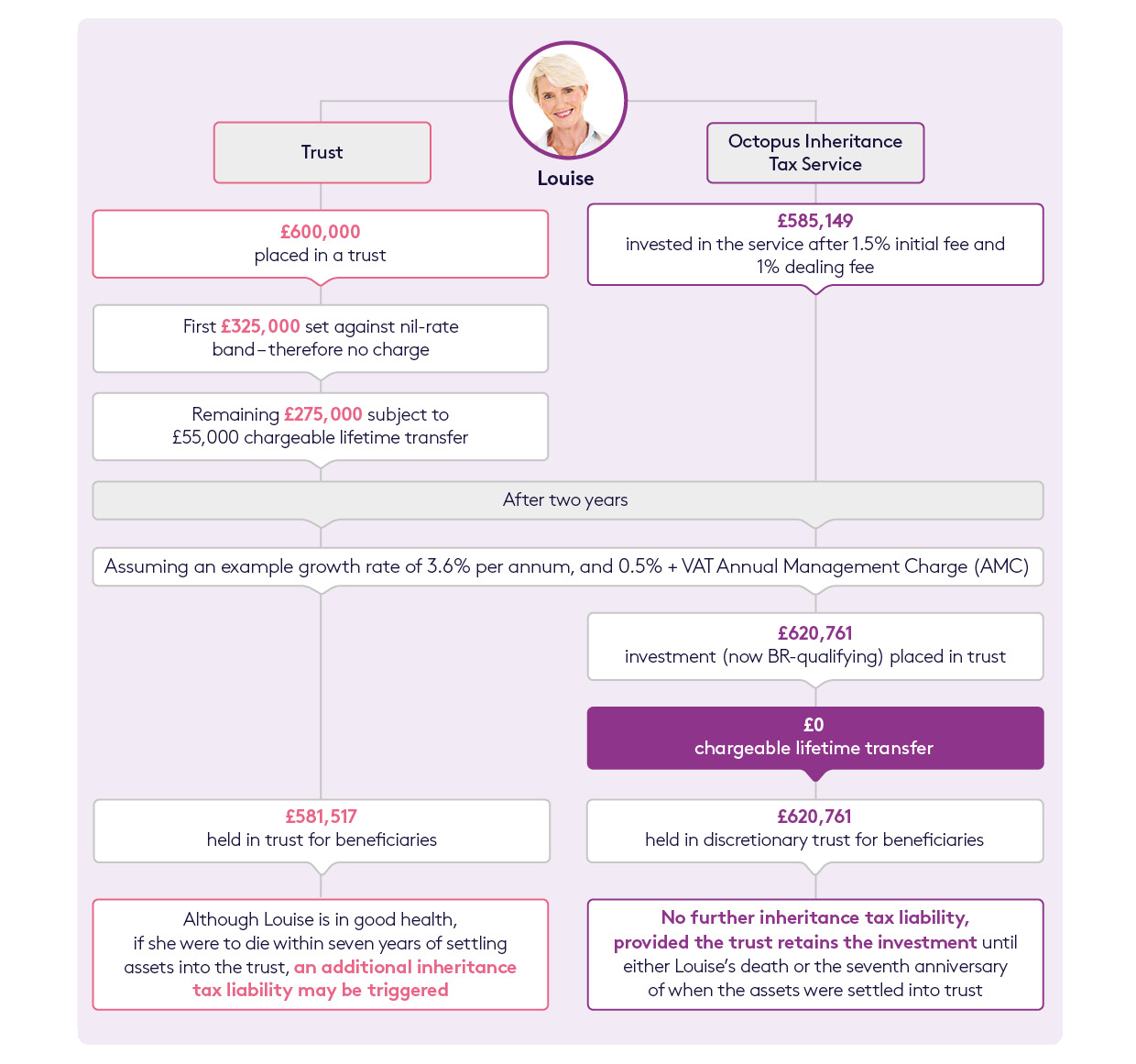
Note: Tax legislation, rates and allowances are correct at time of publishing for the tax year 2025-26. This example is for illustrative purposes only and each investor’s own tax situation may be different. For ease of comparison, we’ve assumed identical charging structures, an annual growth rate of 3.6%, and that annual management charges are calculated and paid based on the investment value at the end of each annual period. The dealing fee on shares sold to pay the AMC has not been factored. The risk profile of each portfolio, charging structure, and any growth or losses is likely to differ. This example does not include any charges paid for financial advice. In practice the Octopus Inheritance Tax Service has an initial charge of 1.5%, a deferred AMC of up to 0.5% + VAT and a dealing fee of 1%. AMC is calculated daily and paid pro-rata, contingent on performance, when shares are sold. This example assumes that the investments will be held until death and the nil-rate band in the Octopus Inheritance Tax Service example is off set against other assets.
Get in touch with your local IHT expert to discuss this scenario
Please note:
- This example is for illustrative purposes only and each investor’s own tax situation may be different.
- For ease of comparison, we’ve assumed identical charging structures, an annual growth rate of 3.6%, and that annual management charges are calculated annually.
- The risk profile of each portfolio, charging structure, and any growth or losses is likely to differ.
- This example does not include any charges paid for financial advice.
- The Octopus Inheritance Tax Service has an initial charge of 1.5%, a deferred AMC of 0.5% + VAT and a dealing fee of 1% for investments and withdrawals. AMC is calculated daily.
Find out more about how the Octopus Inheritance Tax Service could help clients like Louise
Other scenarios


